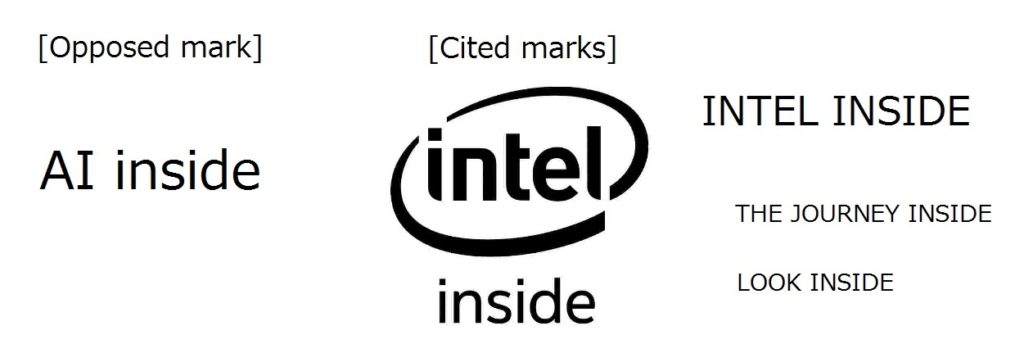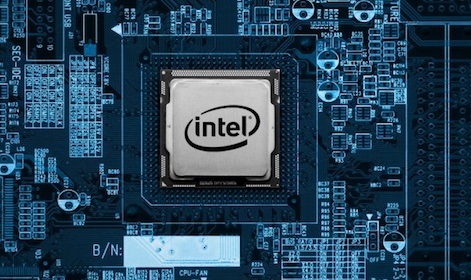In a recent decision, the Opposition Board of Japan Patent Office (JPO) decided to dismiss the trademark opposition filed by Intel Corporation to mark “AI inside”.
“AI inside”
The mark in dispute, consisting of a word mark “AI inside” in standard characters, was filed on March 28, 2016 in the name of AI inside Kabushiki Kaisha, a Japanese corporation, by designating computer programs and electronic devices in class 9, and providing computer programs on data networks, software as a service [SaaS] in class 42. JPO granted to protect the mark without announcing any refusal ground as a result of substantive examination and published for registration on October 18, 2016.
Intel opposes to trademark registration
Intel Corporation, famous for the world’s largest semiconductor company, filed an opposition to the mark “AI inside” and requested the Board to cancel its registration due to violation of Article 4(1)(xi), (xv) and (xix) of the Japan Trademark Law retroactively.
“Intel inside”
In the opposition, Intel cited following senior trademark registrations containing a term of “inside”.

Series of “INSIDE” marks
Intel claimed the mark “AI inside” should be deemed confusingly similar to “Intel INSIDE” and other “INSIDE” marks cited by opponent since opposed mark allocates the term “inside” subsequent to other word as well. Given the cited marks respectively become famous for source indicator of opponent or its products, relevant traders and consumers are likely to confuse or misconceive both marks are from the same business entity. Besides, presumably applicant must have applied the opposed mark by knowing of Intel Corporation and cited marks in advance. If so, it is undeniable that applicant maliciously aimed to tarnish or free-ride on the reputation and goodwill of the opponent by adopting a similar mark.
Board decision
The Opposition Board admitted that both terms of “Intel” and “intel inside” have become famous to indicate opponent or his products among relevant traders and consumers, however, denied a certain degree of recognition to other cited marks relating to “INSIDE” owned by opponent based on the facts that opponent failed to produce evidences to demonstrate actual use of mark allocating “INSIDE” subsequent to a term other than “intel” and that the term “inside” is a generic term used to mean an inner side.
In the assessment of trademark similarity, the Board concluded opposed mark is evidently dissimilar to the citations from visual, phonetic and conceptual aspect, partly because the term of “AI” is known for an abbreviation of Artificial Intelligence. It is quite unlikely, the Board found, that famous mark “Intel inside” gives rise to a sound of “inside” in the mind of relevant traders and consumers by neglecting prominent mark “Intel”. If so, the same configuration allocating “INSIDE” subsequent to other term is insufficient to take sides with opponent’s allegation that relevant consumers conceive the opposed mark as a series of opponent mark. Given dissimilarity of both marks and unlikelihood of confusion due to a low degree of recognition to the cited “INSIDE” marks other than “Intel inside”, applicant should not be blamed for malicious intention in registering the opposed mark accordingly.
Based on the foregoing, the Board dismissed the opposition entirely and granted trademark registration no. 5881845 for the mark “AI inside” in class 9 and 42.
[Opposition case no. 2016-900399]
 MASAKI MIKAMI, Attorney at IP Law – Founder of MARKS IP LAW FIRM
MASAKI MIKAMI, Attorney at IP Law – Founder of MARKS IP LAW FIRM


Be the first to comment on "“AI inside” is unlikely to be associated with INTEL"